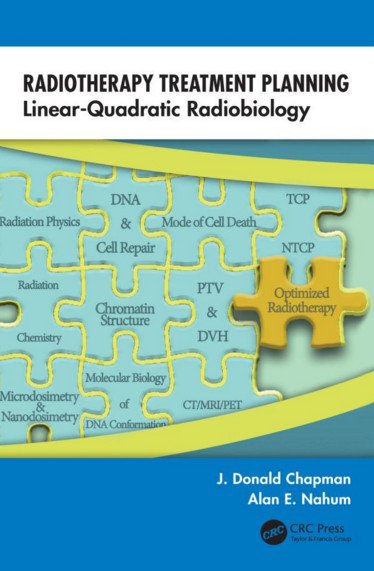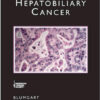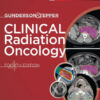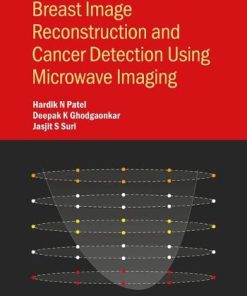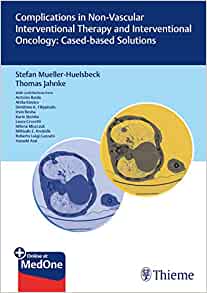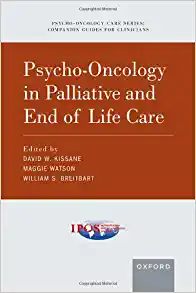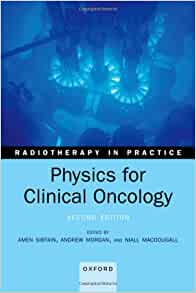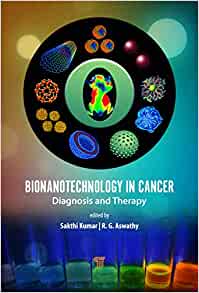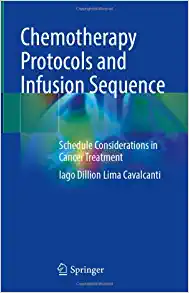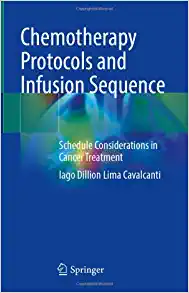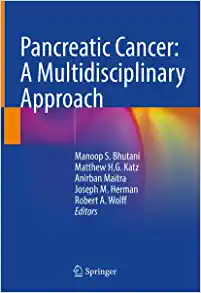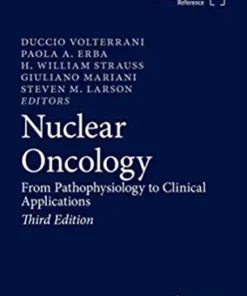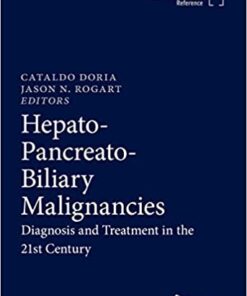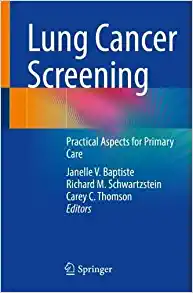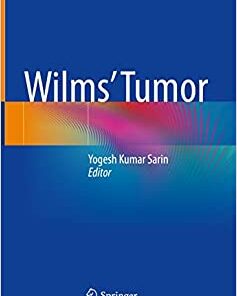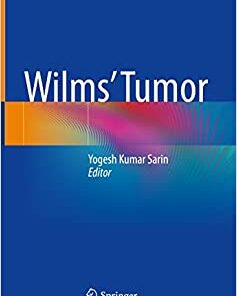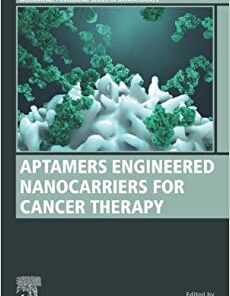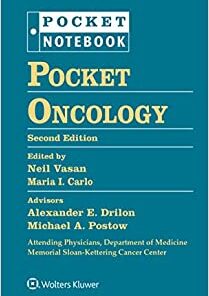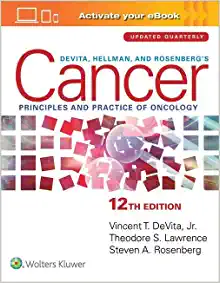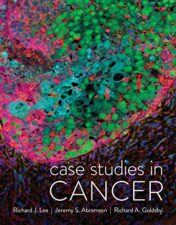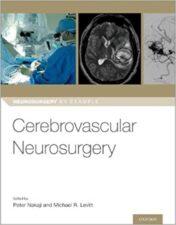- Hardcover: 190 pages
- Publisher: CRC Press; 1 edition (April 16, 2015)
- Language: English
- Type : PDF .Or Epub , Nva , Mobi
- ==========================+======================
-
Note : We will send ebook download link after confirmation of payment via paypal success
Contact Email : [email protected]
Payment methods: Visa or master card (Paypal)
Please log in to purchase this product.
Radiotherapy Treatment Planning: Linear-Quadratic Radiobiology 1st Edition
Please log in to view the price.
by J. Donald Chapman
Radiotherapy Treatment Planning: Linear-Quadratic Radiobiology 1st Edition
nderstand Quantitative Radiobiology from a Radiation Biophysics Perspective
In the field of radiobiology, the linear-quadratic (LQ) equation has become the standard for defining radiation-induced cell killing. Radiotherapy Treatment Planning: Linear-Quadratic Radiobiology describes tumor cell inactivation from a radiation physics perspective and offers appropriate LQ parameters for modeling tumor and normal tissue responses.
Explore the Latest Cell Killing Numbers for Defining Iso-Effective Cancer Treatments
The book compiles radiation mechanism information from biophysical publications of the past 50 years, addressing how ionizing radiation produces the killing of stem cells in human tumors. It presents several physical and chemical parameters that can modulate the radiation response of clonogenic cells in tumors. The authors describe the use of the LQ model in basic radiation mechanism studies with cells of relatively homogeneous radiation response and then extend the model to the fitting of survival data generated with heterogeneous cell populations (tumors). They briefly discuss how to use the LQ model for predicting tumor (local) control probability (TCP) and normal tissue complication probability (NTCP). The book also examines potential molecular targets related to alpha- and beta-inactivation and gives suggestions for further molecular characterizations of these two independent processes.
Develop Efficacious, Patient-Friendly Treatments at Reduced Costs
Focusing on quantitative radiobiology in LQ formulation, this book assists medical physicists and radiation oncologists in identifying improved cancer treatments. It also encourages investigators to translate potentially improved radiotherapy schedules based on TCP and NTCP modeling into actual patient benefit.
Product Details |
Related Products
ONCOLOGY BOOKS
ONCOLOGY BOOKS
ONCOLOGY BOOKS
ONCOLOGY BOOKS
ONCOLOGY BOOKS
ONCOLOGY BOOKS
ONCOLOGY BOOKS
ONCOLOGY BOOKS
ONCOLOGY BOOKS
Physics for Clinical Oncology (Radiotherapy in Practice), 2nd Edition (Original PDF from Publisher)
ONCOLOGY BOOKS
ONCOLOGY BOOKS
Chemotherapy Protocols and Infusion Sequence: Schedule Consideration in Cancer Treatment (EPUB)
ONCOLOGY BOOKS
ONCOLOGY BOOKS
ONCOLOGY BOOKS
Handbook of Oxidative Stress in Cancer: Therapeutic Aspects (Original PDF from Publisher)
ONCOLOGY BOOKS
ONCOLOGY BOOKS
Lung Cancer Screening: Practical Aspects for Primary Care (Original PDF from Publisher)
ONCOLOGY BOOKS
ONCOLOGY BOOKS
ONCOLOGY BOOKS
ONCOLOGY BOOKS
ONCOLOGY BOOKS
Advances in Oncology, 2022 (Volume 2-1) (Advances, Volume 2-1) (Original PDF from Publisher)
ONCOLOGY BOOKS
Managing Immunotherapy Related Organ Toxicities: A Practical Guide (Original PDF from Publisher)
ONCOLOGY BOOKS
ONCOLOGY BOOKS
ONCOLOGY BOOKS
The Systemic Effects of Advanced Cancer: A Textbook on Cancer-Associated Cachexia (EPUB)
ONCOLOGY BOOKS
Nuclear Medicine Manual on Gynaecological Cancers and Other Female Malignancies (EPUB)
ONCOLOGY BOOKS
Lung Cancer: Your Questions & Expert Answers, 5th Edition (Original PDF from Publisher)
ONCOLOGY BOOKS
ONCOLOGY BOOKS
Internal Medicine Books
The PassMachine Medical Oncology Board Review 2020 (v5.1) (Beattheboards) (Lectures)
ONCOLOGY BOOKS
ONCOLOGY BOOKS
ONCOLOGY BOOKS
ONCOLOGY BOOKS
ONCOLOGY BOOKS
ONCOLOGY BOOKS
Cancer Biomarkers: Clinical Aspects and Laboratory Determination 2022 Epub+converted pdf
ONCOLOGY BOOKS
Fundamentals of Ionizing Radiation Dosimetry: Solutions to the Exercises 2017 Original PDF
ONCOLOGY BOOKS
Breast Cancer Radiation Therapy: A Practical Guide for Technical Applications 2022 Original PDF
ONCOLOGY BOOKS
ONCOLOGY BOOKS
ONCOLOGY BOOKS
Advanced Skin Cancer A Case-Based Approach 2022 Original pdf
ONCOLOGY BOOKS
Washington & Leaver’s Principles and Practice of Radiation Therapy, 5th Edition 2021 Original PDF
ONCOLOGY BOOKS
ONCOLOGY BOOKS
ONCOLOGY BOOKS
ONCOLOGY BOOKS
Clinical Management of Acute Lymphoblastic Leukemia From Bench to Bedside 2022 Original pdf
ONCOLOGY BOOKS
ONCOLOGY BOOKS
ONCOLOGY BOOKS
ONCOLOGY BOOKS
Machine and Deep Learning in Oncology, Medical Physics and Radiology 2022 Original pdf
ONCOLOGY BOOKS
Targets of Cancer Diagnosis and Treatment Ion Transport in Tumor Biology 2022 Original pdf
ONCOLOGY BOOKS
ONCOLOGY BOOKS
Tumor Suppressor Par-4 Structural Features, Molecular Mechanisms and Function 2022 Original pdf
ONCOLOGY BOOKS
ONCOLOGY BOOKS
ONCOLOGY BOOKS
ONCOLOGY BOOKS
ONCOLOGY BOOKS
Water-filtered Infrared A (wIRA) Irradiation From Research to Clinical Settings 2022 Original pdf
ONCOLOGY BOOKS
ONCOLOGY BOOKS
Clinical Nuclear Medicine in Neurology An Atlas of Challenging Cases 2022 Original pdf

